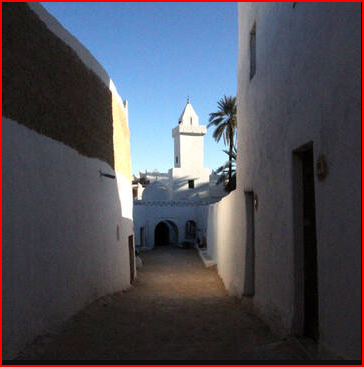Libya, a mostly desert and oil-rich country with an ancient history, has more recently been known for the 42-year rule of the mercurial Colonel Muammar Gaddafi - and the chaos that has followed his departure. Libya was under foreign rule for centuries until it gained independence in 1951. Soon after oil was discovered and earned the country immense wealth.
Colonel Gaddafi seized power in 1969 and ruled for four decades until he was toppled in 2011 following an armed rebellion assisted by Western military intervention. In recent years the country has been a key springboard for migrants heading for Europe, and a source of international concern over the rise of jihadist groups.
Libya is a State with Tripoli as its Capital. It has an estimated population of 6.4 million people, in an area of 1.77 million sq kilometers. The main language used there is Arabic and the major religion is Islam. The life expectancy for men is 69 years, whilst women is 75.(UN). The currency used is the Libyan Dinar
Libya has been beset by instability since the ouster of long-term leader Muammar Gaddafi. The toppling of long-term leader Muammar Gaddafi in 2011 led to a power vacuum and instability, with no authority in full control.
The country has splintered and since 2014, has been divided into competing political and military factions based in Tripoli and the east.
Among the key leaders are Prime Minister Fayez, head of the internationally-recognised government in Tripoli, Khalifa Haftar; leader of the Libyan National Army, which controls much of eastern Libya; Aghela Sal eh, speaker of the House of Representatives based in the eastern city of Tobruk; and Khaled Mishri, the elected head of the High State Council in Tripoli.
Islamic State group briefly took advantage of the conflict to seize control of several coastal cities including Si-rte, which it held until mid-2017. It retains a presence in the desert interior.
Old Town of Ghadamès (Libya)
Old Town of Ghadamès
Ghadamès, known as 'the pearl of the desert', stands in an oasis. It is one of the oldest pre-Saharan cities and an outstanding example of a traditional settlement. Its domestic architecture is characterized by a vertical division of functions: the ground floor used to store supplies; then another floor for the family, overhanging covered alleys that create what is almost an underground network of passageways; and, at the top, open-air terraces reserved for the women. (As seen in the picture)
The Old Town of Ghadamès was inscribed on the UNESCO World Heritage List in 1986 and has been a crossroads for major cultures of Africa and the Mediterranean basin. The site has been on the List of World Heritage in Danger since 2016 due to the prevailing conflict in the country at that time, wildfires and torrential rain. Led by local authorities and several partners, extensive restoration works have been carried out on the property, including repairs to historic buildings, pipelines and traditional infrastructure. These activities were accompanied by efforts to strengthen local skills and governance through various training courses, as well as the development of a risk management and prevention plan. (As seen in the picture)
